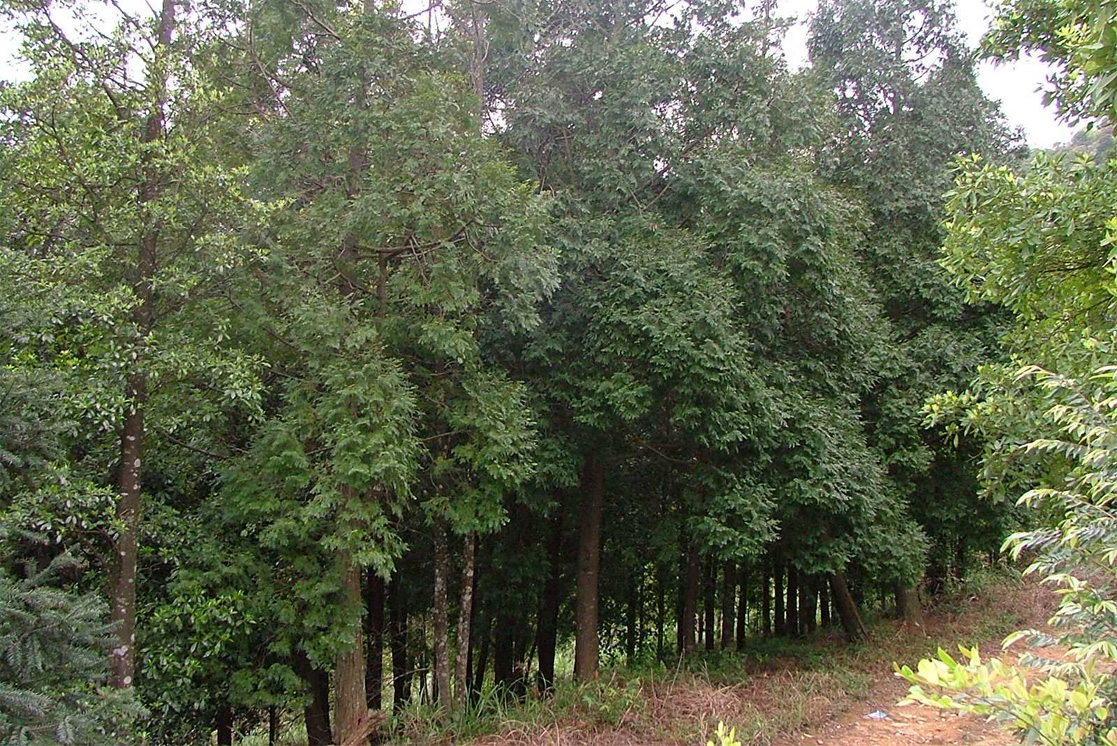INTRO OF ESSENTIAL OIL AND HYDROSOL
Essential oil is not an oil, but an aromatic substance extracted from various parts of natural plants such as petals, pericarp, leaves, wood core and resin. It is also an important product of perfume therapy, seasoning, cosmetics and other industries, and is also the main raw material of aromatherapy. Characteristics of essential oil: volatile, with obvious smell, insoluble in water, soluble in oil or alcohol.
Hydrosol is much milder than essential oils. Hydrosol is an aqueous solution containing a small amount of aromatic molecules and contains a large amount of organic acid, so it is weakly acidic.
If the Hydrosol is suitable for preservation, it can be preserved for 12 ~ 24 months. However, because hydrosol is an organic aqueous solution, there are many opportunities to cause pure dew pollution. Therefore, after purchase, it should be placed in an environment with constant temperature as much as possible. Generally, it is recommended to store it in cold storage, or in a dry, clean and shady space without light. In principle, the preservation of hydrosol is the same as that of essential oil. It should be away from light, oxygen and high temperature.
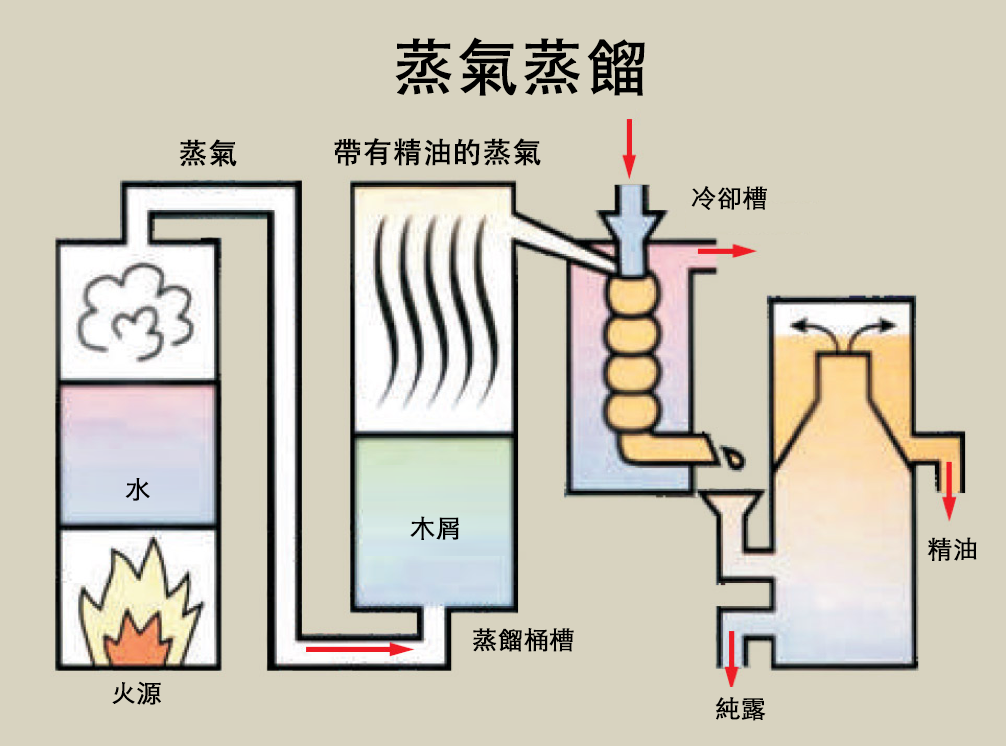
THE CHAMAECYPARIS IN THE WORLD
In Europe and mainland China, there are no genera of Chamaecyparis plants. The ancient Chinese classics in "Cypress" is refers to the genus Sabina, not now known as the genus Chamaecyparis. Although they are both Gymno- sperms, and belongs to the Cupressaceae family, but they are in different genus.
While cypresses have been growing here for millennia, but the opportunity to see an old giant is pitifully rare. This isn't just because of the time it takes to grow, but also because of decades of deforestation since Japanese colonial rule (1895~1945) and the early days of Taiwan retrocession (1945~1991). As a result, only a few forests, located in inaccessible areas have survived. Therefore, these Chamae- cyparis cypress became more precious.
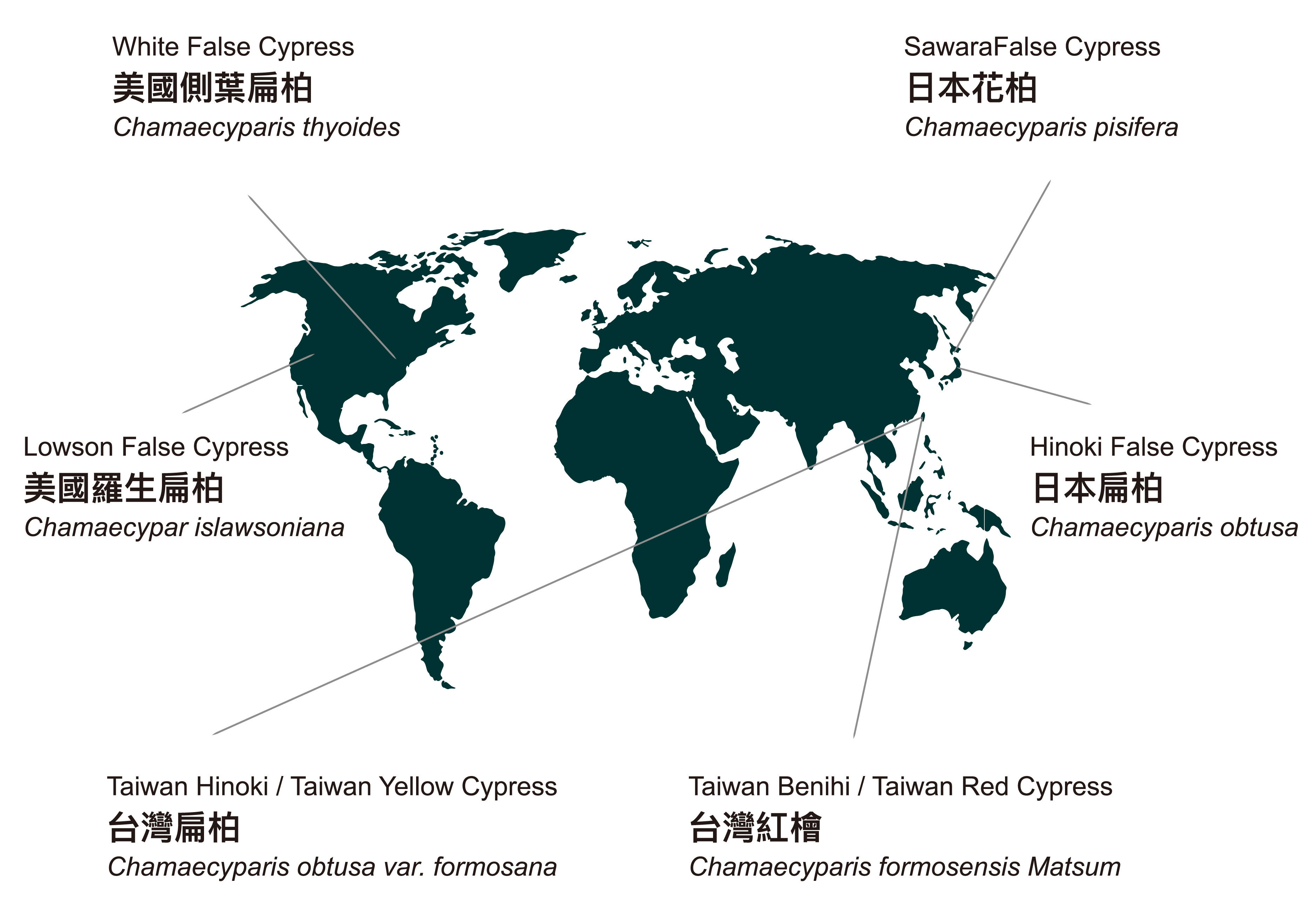
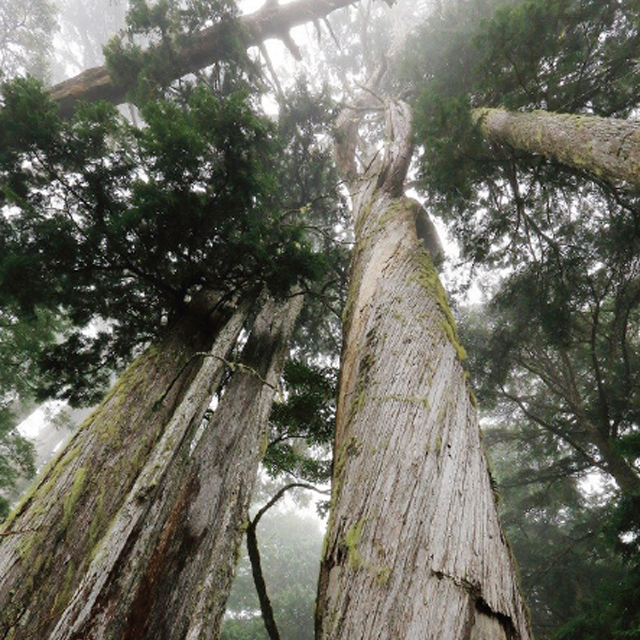
台灣扁柏 Taiwan Hinoki
The quality of Taiwan Hinoki is well-known because of Taiwan has unique ecological environments. The cypress trees contain essential oil, which is with fragrance but no pungent smells. The wood of cypress is hard, highly decay-resistant and not easily be moth-eaten. The trees normally grow very slowly, so that an increase of 50cm in diameter could take three or four decades; therefore, the trunk is straight and even. Those characteristics make the wood of cypress becomes the supreme materials for construction, sculpture, furniture and decoration.Hinoki essential oil is well known for its ability to naturally kill bacteria, viruses, viral infections and fungus. Recent research in Japan and Taiwan shows that the Hinoki fragrance can effectively release human's tension, stress and blood pressure. It is also excellent for alleviating sinus and chest congestion and respiratory problems. Hinoki essential oil is considered to be gentle on the skin and is a very effective antiseptic for healing and treating skin problems.
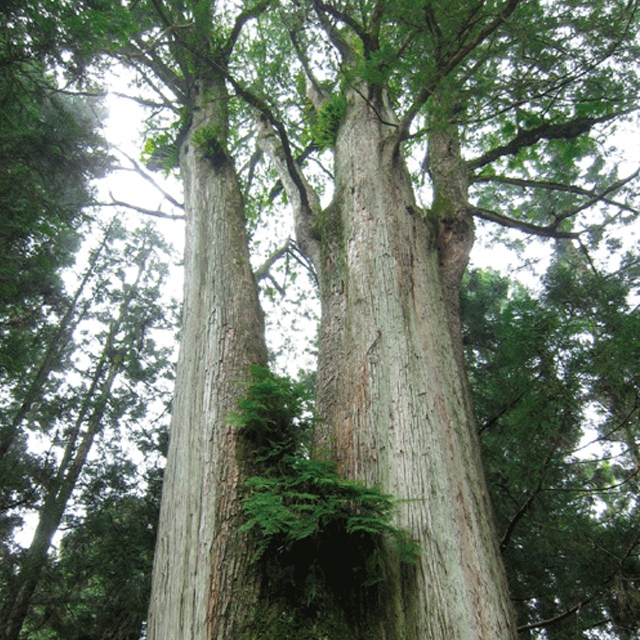
台灣紅檜 Taiwan Benihi
The quality of Taiwan Benihi and Hinoki are well-known because of Taiwan has unique ecological environments. Both the trees contain essential oil, which is with fragrance but no pungent smells. The Benihi trees normally grow very slowly, so that an increase of 20~30cm in diameter could take one or two decades, and usually can live a thousand years or more. A Japanese botanist had admired Taiwan Benihi trees as " The biggest Conifers in Northeast Asia".The feature of Benihi wood is light pinkish-brown, with a rich, straight grain, and the highly rot resistant comes from the components found in its essential oils as a general and nerve tonic to fight off infections. Those characteristics make the wood of Benihi becomes the supreme materials for construction, sculpture, furniture and decoration. The Benihi essential oil has a naturally refreshing scent, many people use Benihi essential oil to soothe and calm themselves during troubled or stressful times. The Benihi essential oil is also very gentle to the body and skin.
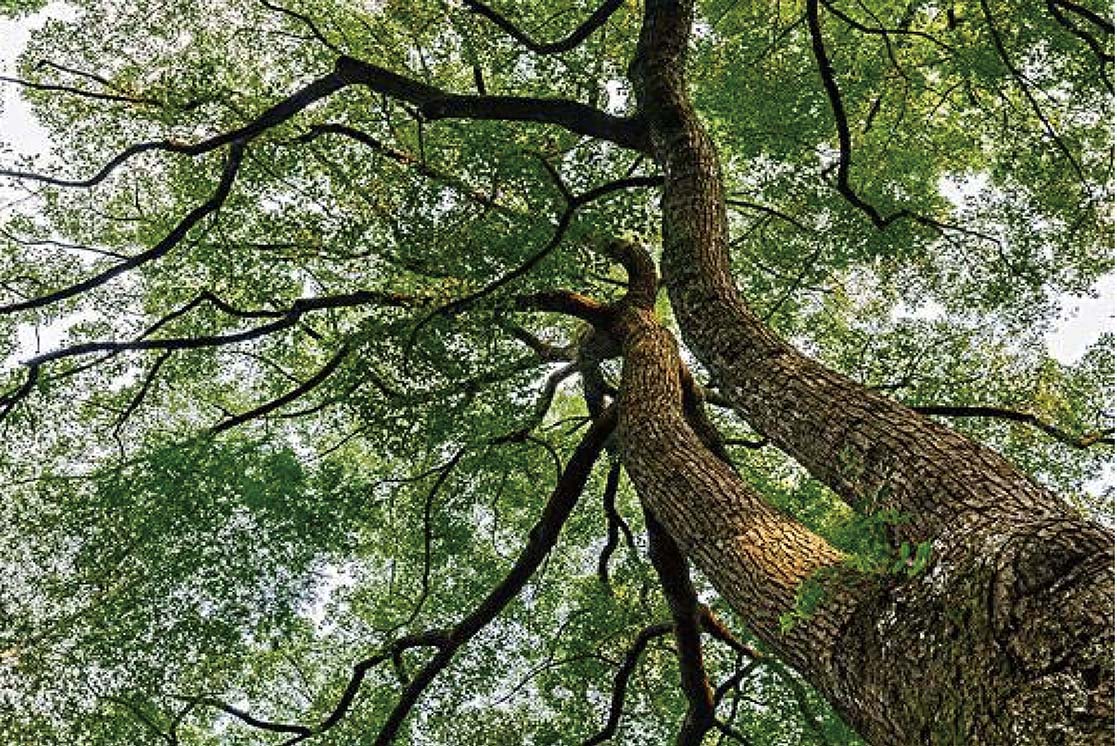
台灣香樟 Taiwan Camphor
Taiwan was the world’s major producer of camphor in the last century. From 1910 to 1916, Taiwan produced roughly half of the world’s camphor every year. The camphor industry was a major economic activity for the early Han Chinese settlers in northern and central Taiwan, beginning in the lowlands. The entire camphor tree exudes a fragrance, so it has been used to produce the substance camphor, camphor oil, and so on. At the same time, the wood makes excellent material for carving and construction.Camphor can be used as an insect repellant, topical analgesic and cough suppressant. Rows of old camphor cubes, moth balls and Mentholatum ointment demonstrate the wide range of uses of camphor in daily life, even today. Although it is true that the natural camphor could be replaced completely by the synthetic product, if necessary, the camphor oil has managed to retain its important position because it contains, aside from camphor, a number of other components which are used in different industries, or which can be converted into valuable aromatic isolates and synthetic aromatics.
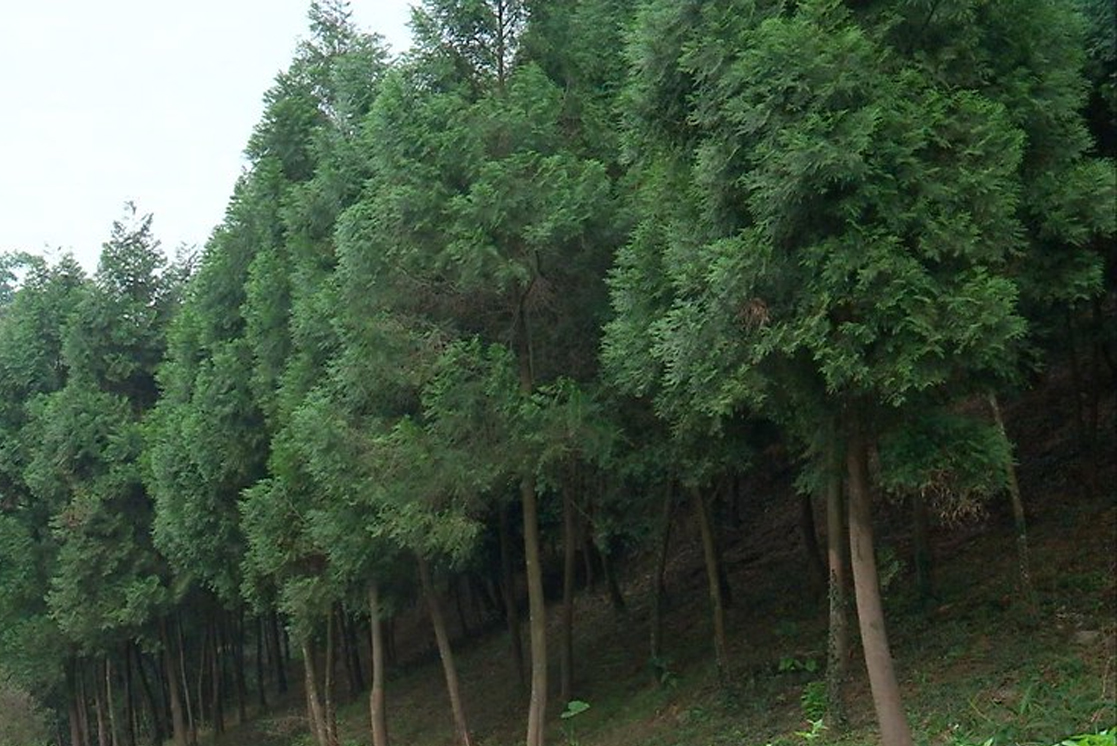
台灣肖楠 Taiwan Incense Cedar
Taiwan Incense Cedar is one of Taiwan's five conifer trees, which wood is golden yellow with a fine texture, so the common name of the plant is “黃肉仔”, which is the first-class national treasure of Taiwan's forests. Taiwan Incense Cedar is fine, hard but not brittle, strong and elastic, free from termite erosion, not easy to deform, beautiful and shiny texture is often used in construction and furniture. Owing to its delicate fragrance, with Sweet and light amber fragrance, some businessmen often sell its sawdust for burning incense, its unique scent has earned it the title of “Taiwanese sandalwood”. The essential oil of the Taiwan Incense Cedar is high in hinokitiol with strong active antibacterial qualities. It is very good for antibacterial and anti-termites, just 40ppm can kill many bacteria. The fragrance of the essential oil is complex and deep and lingers for a long, long time driven. It can soothe the self-regulating nerves to achieve excellent calming and sleeping effects.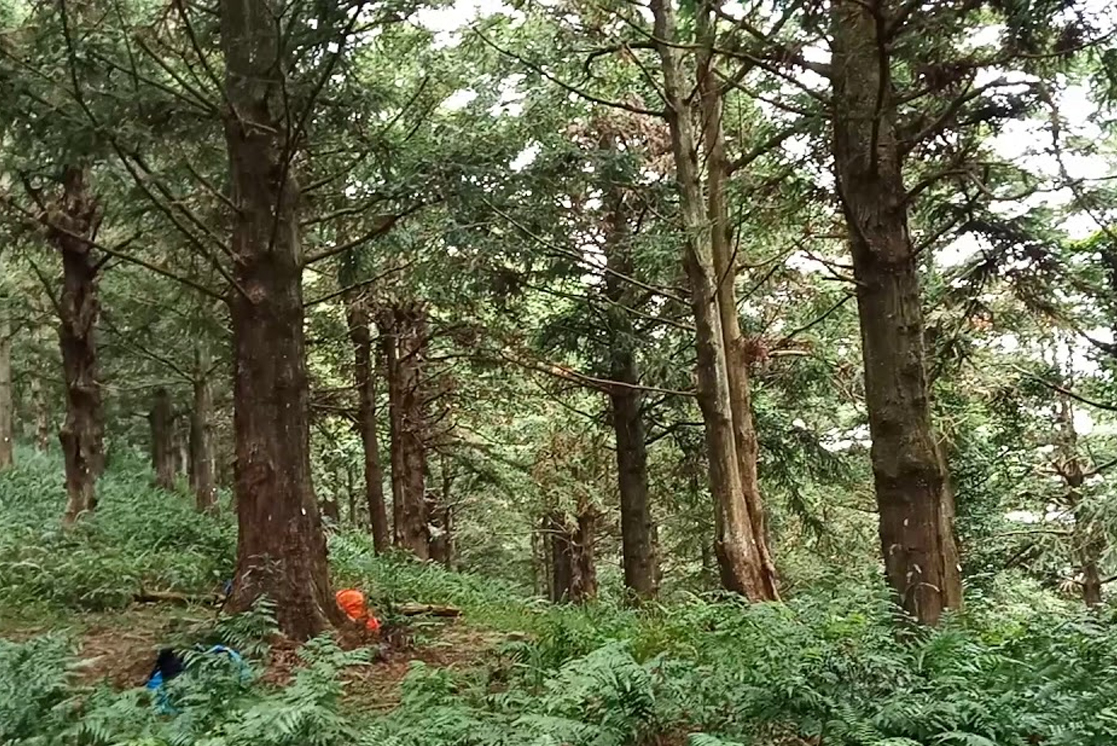
香杉 Luanta-Fir
The Luanta-fir, also known as “Cedar wood”, grows in Laos, and is the same species as Taiwan's Luanta fir, but the country of origin is different. The wood of Luanta-fir is rich in aroma, so it is called “Xiangshan 香杉”, which means fragrant fir in Chinese. Luanta-fir is a valuable timber tree in Asia. The wood is dense or compact in structure or texture fine, good processing effect, with natural rich fragrance, often used as a substitute for high-priced Taiwan Hinoki, Benihi. It is especially used to make coffins and temple buildings, in which the smell is highly valued.